– October 1, 1941
– LA Daily Mirror

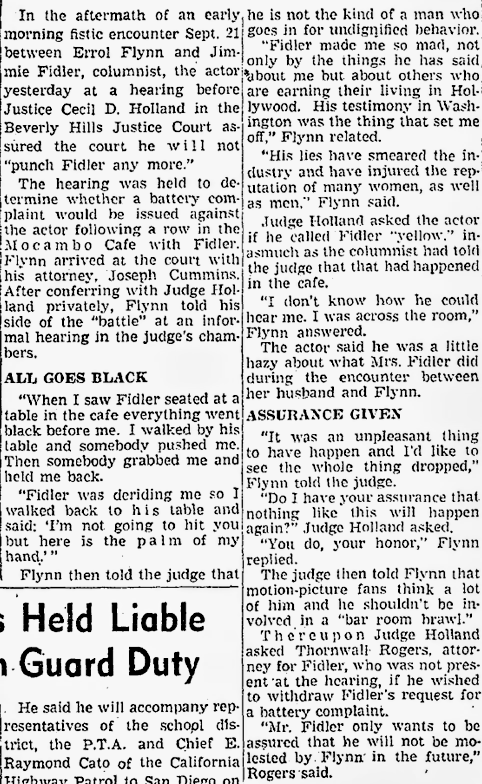
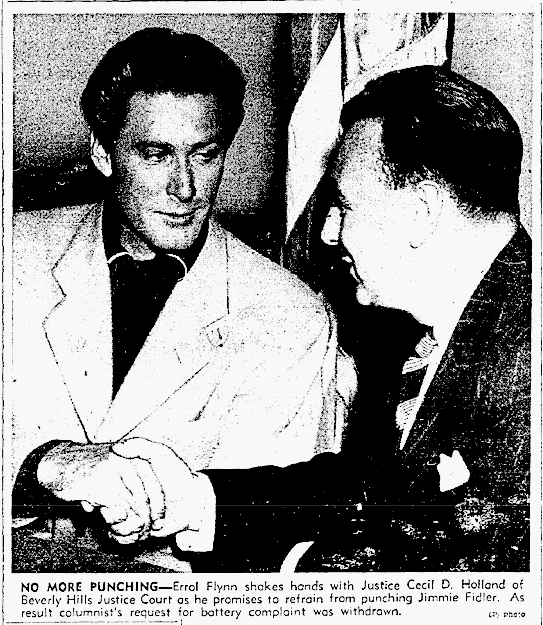
— Tim
A New documentary about Errol’s years in Majorca, featuring Michael Douglas, et al
Alucinante haber conseguido la colaboración de Michael Douglas… Un lujo participar en esta aventura con @roseramills @josemmaiz @BackstageProdu @IB3 pic.twitter.com…
— Tirso Calero (@TirsoCalero) September 22, 2020
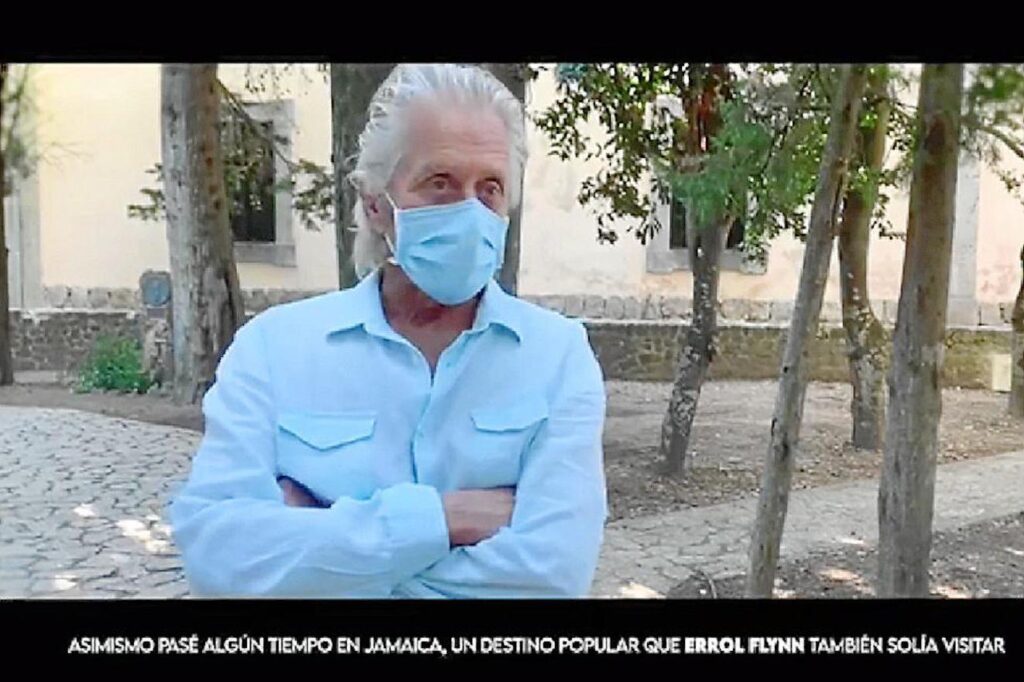
Diana Dill in 1943, six months before she married Kirk Douglas. I believe Errol dated her in 1942.
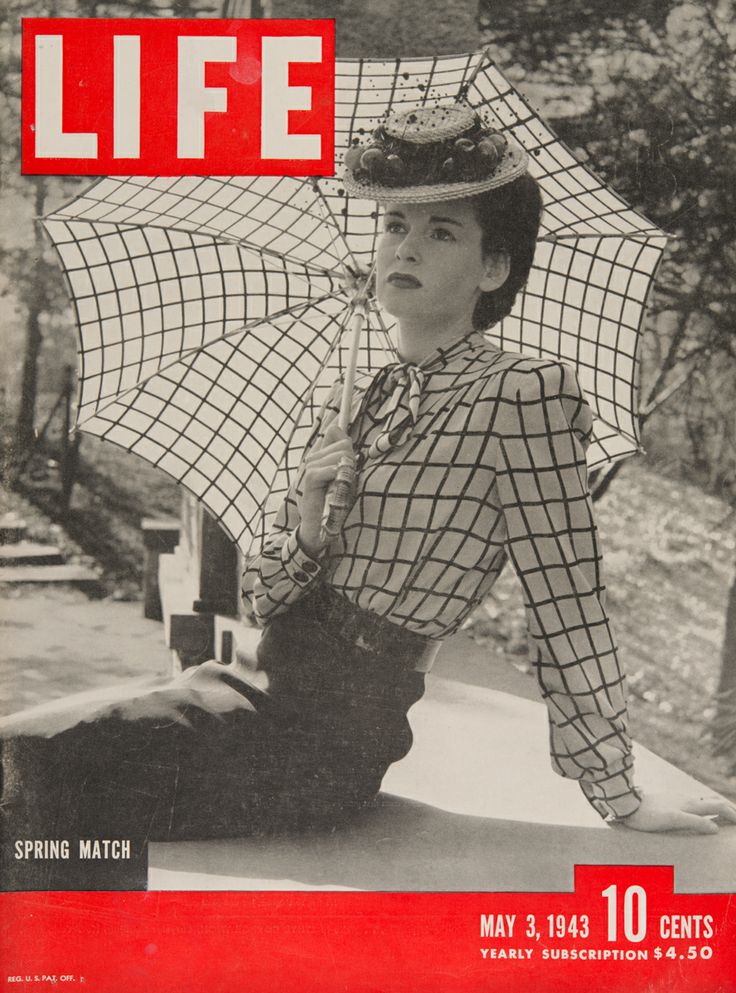
— Tim
September 26, 1942
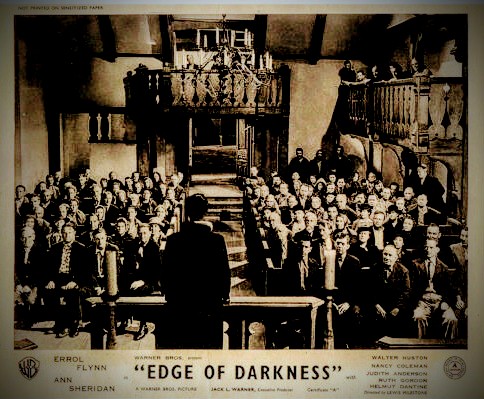
…
Harrison Carroll
Evening Herald Express
LIGHTS! CAMERA! ACTION!
Out at Warners, on the Edge of Darkness set, they are shooting another war story. The scene is a church in occupied Norway. But the villagers are not listening to a sermon. They are hearing reports of Nazi terrorism.
Up on the pulpit is the minister, Richard Fraser. In the congregation are Walter Huston, Ann Sheridan, Errol Flynn, Monte Blue and most of the cast of the picture.
Edge of Darkness is heavy drama. When director Lewis Milestone gets shot, however, the players relax, sit around the set and converse in ordinary Hollywood manner.
Today Ann Sheridan is jittery because she is trying to cut down on cigarettes. She’s allowing herself one every hour, on the hour.
…
Smokin’ Annie, “on the hour” with Errol, between nicotine fits on the set of the Edge:
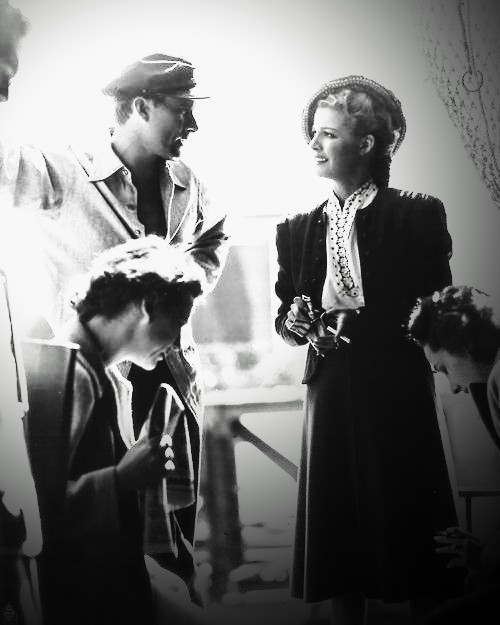
Looks like Annie was well off the wagon after the war, smoking away as the notorious Nora Prentiss:
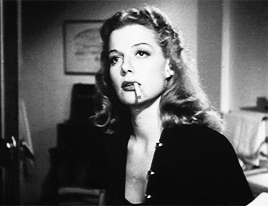
— Tim
September 26, 1935
Harrison Carroll
LA Evening Herald Express
Lili Damita and Errol Flynn already have had twins named after them.
The papa is Louis Verdi, an extra on the Captain Blood set
— Tim
September 25, 1942
Louella O. Parsons
Los Angeles Times
A barbershop quartet, consisting of Errol Flynn, Ann Sheridan, Nancy Coleman and Monte Blue, have offered their services to the victory committee. Maybe it’s not as bad as it sounds.
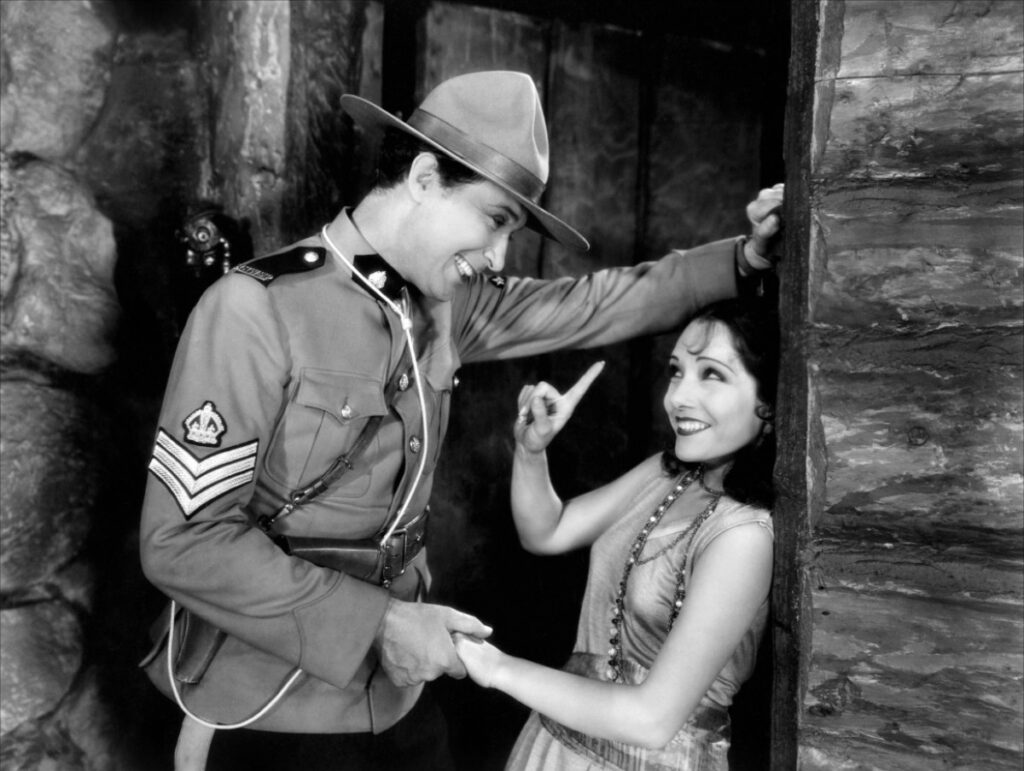
…
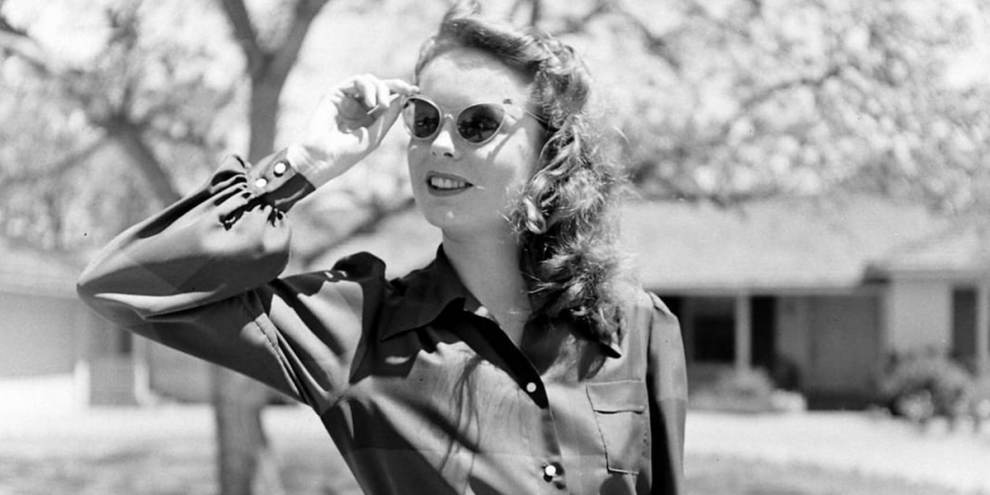
…
And, last but definitely not least, Awesome Annie Sheridan, a very lucky star friend of Errol’s.
Singers aren’t born, they’re made.
— Tim
New York Times – September 24, 1956
PALMA, Mallorca, Sept. 23 (UP)–Errol Flynn, film actor, has undergone surgery of an undisclosed nature on the island of Ibiza. The reports said Mr. Flynn arrived Thursday at Ibiza, one of the Balearic islands in the western Mediterranean, aboard his yacht Zaca. His wife, the former Patricia Wymore, was with him.
…
Errol Arrives at Vancouver Airport – “September 24”, 1959
— Tim
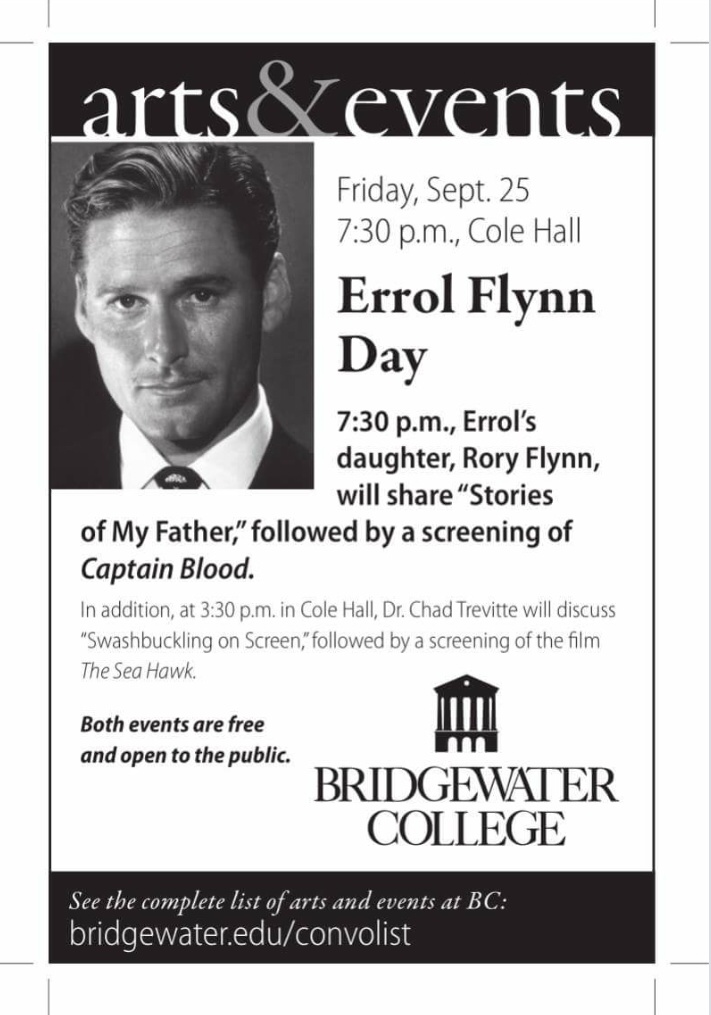
September 23. 2015
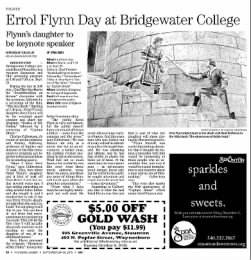
THE NEWS LEADER
THEATER
BRIDGEWATER— Bridgewater College presents Errol Flynn Day in a two-part discussion and film screening program at 3:30 and 7:30 p.m. Sept. 25. During the day at 3:30 p.m., Chad Trevitte shares his “Swashbuckling on Screen” discussion with the audience, followed by a screening of the film, “The Sea Hawk.” Starting at 7:30 p.m., Errol Flynn’s daughter, Rory Flynn, will be the evening’s guest speaker and share her program, “Stories of My Father,” followed by a screening of “Captain Blood.”
Charles Culbertson, director of media relations, and Stanley Galloway, professor of English and director of the film retrospective program, got together to bat around ideas for interesting guests. “Since I knew Rory Flynn,” says Culbertson, “I said, ‘Hey, how about Errol Flynn’s daughter and it kind of took off from there. I met her on- line several years ago. I was selling something on eBay related to her father and she bought it, and I emailed her to ask if she was Errol Flynn’s daughter and when she said yes, I said, ‘I’m not going to sell this to you. You can have it,’ and from that correspondence we just kept up via email. This will be the first time I will actually physically meet her so its exciting to meet the daughter of one of my childhood heroes.”
Rory Flynn prepared the program, “Memories of My Father” to keep her father’s memory alive. “The public Errol Flynn is very well known, but the public doesn’t know very much of him as a father — away from the cameras and the press,” says Culbertson. “He was famous not only as a movie star but as an adventurer, a ladies’ man. His exploits rivaled anything he did on the screen. What he’s not so much famous for is what he was like away from those movie cameras, away from the press, and those are some of things Rory will touch upon when she gives her presentation.” “From what I have read, he was highly intelligent and well read. He could talk on a huge variety of topics. And this was a man who was kicked out of every school he attended as a boy. He taught himself. He was charming and urbane, and he had that ability to charm the birds out of trees. At the same time, he was a man’s man — an adventurer, loved danger, loved sailing the world in his yacht; he sought adventure and experiences he never had — a true adventurer.”
According to Culbertson, this is what the real Errol Flynn was like and that is part of what her daughter will share during the film retrospective. “Flynn himself was such a fascinating character that I thought the human connection with him would be interesting to those people who do remember him, and also it would be a good introduction to our students about a man and an era of filmmaking,” Culbertson says.
This year also marks the 80th anniversary of “Captain Blood” which made Errol Flynn a star.
What:: Errol Flynn Day at Bridgewater College, Flynn’s daughter to be keynote speaker.
What: Errol Flynn Day
When; 3:30 p.m. and 7:30 p.m. Sept. 25 3:30 p.m. Chad Trevitte’s “ Swashbuckling on Screen,” followed by “The Sea Hawk” 7:30 p.m. Rory Flynn’s “Stories of My Father,” followed by “Captain Blood”
Where: Cole Hall, Bridgewater College, Bridgewater Cost
Both events are free and open to the public.
More info www.bridgewater.edu…
PHOTO COURTESY OF CHARLES CULBERTSON. Errol Flynn (right) duels to the death with Basil Rathbone in the 1938 classic “The Adventures of Robin Hood.”
— Tim
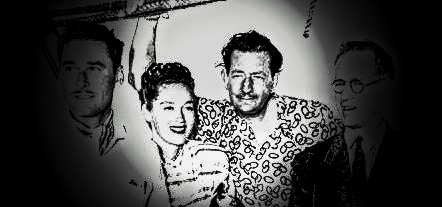
September 22, 1946
LOS ANGELES
SPECIAL TO THE MINNEAPOLIS TRIBUNE
Men, Women and Yachts Don’t Mix
Errol Flynn is reported by some quarters to be a direct descendant of Fletcher Christian, the man who started the mutiny on the Bounty. Mrs. Nora Eddington Flynn, his youthful bride, is believed in other quarters to be a direct descendant of Capt. Bligh, the commander of the Bounty. The other quarter in the case of Mrs. Flynn is John Decker, artist, who comes to this conclusion in explaining the “mutiny” on Flynn’s yacht Zaca while cruising the Pacific off Mexico. Decker and three others of the ship’s personnel left the Zaca at Acapulco, Mexico, because, Decker asserts, Nora had taken on some of the characteristics of a bucko mate in the old days when the clippers sailed around the Horn.
AMONG TILE SHIP’S COMPANY WHEN THE ZACA SAILED. This junket was a combination pleasure-science-professional affair. Flynn wanted to get away from Hollywood. He bought the Zaca last October, as a successor to the Sirocco, where there had been many gay parties which, perhaps, Flynn wanted to forget. To make it all serious, he was going to collect marine specimens. There were 17 aboard when the yacht sailed, and a representative group they were, indeed. There was Dr. Theodore Thomson-Flynn, Errol’s father, who is a zoologist and dean of the school of science at Queens college in Belfast, Ireland. And there was Prof. Carl Hubbs of the Scripps Institute of Oceanography at La Jolla, Calif., a noted ichthyologist. Tanks, torch lights, tackle arid enough formaldehyde to pickle half the fish in the ocean. Prof. Hubbs could be dropped blindfold into any part of any sea and tell at once where he was by examining the local fish.
Ted Stauffer, a Swiss composer and erstwhile night club operator in Mexico City, was also aboard. Stauffer took along a camera, planning to make magazine pictures. Howard Hill, the famed toxologist, and Jerry Courmoyay also were present. They planned a color picture of the trip, featuring Hill s archery and the various flora and fauna encountered on the way. Chris Duke and Kurt Hartzog, two Hollywood bit players, were included in this part of the project.
DECKER CAN PAINT. And then there was Decker, really a great painter, who figured on getting a lot of marine life into color. Decker has painted some pretty queer fish in his time and this wouldn’t be a novelty. He hit on a highly-appreciated medium some years ago when he began copying the old masters and putting actors’ faces on them. Two of his most famous in this line are Queen Victoria with the face of W. C. Fields and the famed Blue Boy of Gainsborough with Harpo Marx’ pan. In serious vein, Decker has taken numerous prizes at exhibitions. There were also a professional captain and two working sailors, named Wally Beery (not the actor) and John Vincent. And, in addition, Nora.
NORA GETS HER SEA LEGS. They had been gone nearly a month when the ketch-rigged schooner hove-to at Acapulco, where almost at once it became apparent that there had been a clash of personalities aboard. The main narrative from now on is that of Decker.
THE CRISIS NEARS. It was while they were hanging around Socorro that Decker detected the growth of a quarterdeck manner in Nora. Once, he said, she directed the guests if you could call them guests to pick up their coffee cups after a meal on deck and carry them back to the galley. Another time, life went on, several of the ship’s company were sitting in the saloon and Nora said: ‘Everybody get up on deck.” Anyway, things came to a 5- head right there in Socorro lagoon. Seaman Berry dived into the water “with a spring harpoon gun. He was going after a shark. But instead of harpooning the shark he harpooned his own ankle. The harpoon has a nasty barb and the wound was serious. Dr. Thomson-Flynn and Prof. Hubbs operated on the leg and removed the weapon. However, there seemed to be some danger of infection and Decker finally persuaded Flynn, over Nora’s protests, to proceed to Acapulco, 1,000 miles away and the nearest spot for competent medical aid. So, once in Acapulco, Decker marched ashore with the wounded man, and stayed ashore. Duke and Hartzog, the film players, left with him. He emphasized that his relations with Flynn remained friendly.
FOUR-LETTER WORDS Nora’s comment on all this was that the amateur sailors expected to be treated as guests [rather than working crew.] This was very unsatisfactory, she remarked in a phone conversation with her father.
NORA AND ERROL, ABOARD HIS YACHT. Actor Flynn has always had a yen for the sea. “Women, men and yachts don’t mix,” he said. “Just as soon as Nora got her sea legs she took over command of the boat and started shoving everybody around. I’ve known her ever since she married Flynn but I never really had any conversation with her. The talks I had with Flynn were man talks, and she couldn’t enter into them, so I never really knew her until I went on this boat. “It’s too bad this little mosquito has come between Flynn and me. I can’t really lay my finger on anything important she did. It was a constant pin-pricking process calculated to wear me down. “She greeted me with lhe remark when I went aboard at Santa Monica: ‘You’re not serious about going on this trip? You must be kidding.’ I told her I was serious and I wasn’t kidding and her face fell a mile. “She began at once to make things disagreeable for me, blaming me for everything that went wrong, always yelling around the boat when anything was out of the way: ‘Oh, that’s Decker.’ ” The yacht stopped at Cedros Island, off the coast of Lower California, and then proceeded to the Revilla Gigedo Islands, southeast of the tip of Lower California and pretty well out in the Pacific. The serious fishing began at Socorro Island in that group. Dr. Thomson-Flynn and Prof. Hubbs are dedicated scientists. They have loaded the boat with dredges.
Decker insisted he was right in using four-letter words. Nora has won this time, anyway, if it was her aim to get Decker off the boat. Flynn plans to continue through the canal and to Europe. At present he is trying to assemble a crew of experienced hands for the trip across the Atlantic. All the fuss could be, of course, a vagary such as is often attributed to expectant mothers, who are known to ask for things like strawberries out of season and the like. Nora is expecting another child next March. And, anyway, her influence will soon be gone. She expects to leave the yacht in the West Indies and fly back to Hollywood.
— Tim
September 20, 1935
Los Angeles Times
I Cover Hollywood
By Lloyd Pantages
There is a very exclusive club on the Warner Brothers’ lot called “The Cape Horner” and to become a member you must have rounded the Cape at some time or another. So far the roster includes Errol Flynn, Lionel Atwill and Warren William. That IS exclusive.
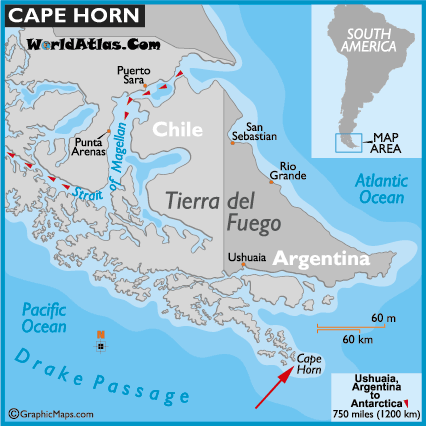
…
Back in the days when wooden ships sailed the old trade routes, rounding Cape Horn was an infamous part of many sailors’ lives.
In 1933 a group of sea captains that had all sailed Cape Horn established the Amicale des Capitaines au Long Cours Cap Horniers (AICH). Their aims remain the same today:
“To promote and strengthen the ties of comradeship which bind together in a unique body of men and women who embody the distinction of having sailed round Cape Horn in a commercial sailing vessel, and to keep alive in various ways memories of the stout ships that regularly sailed on voyages of exceptional difficulty and peril, and of the endurance, courage and skill of the sailors who manned them.”
For those who want to join the club!
The AICH welcomes new Cape Horn sailors and honours them with a token certificate of achievement. To be eligible for this certificate one must show perseverance and actively participate in the ship’s watch system for an extended period of time on a sailing ship rounding Cape Horn by sail from 50° South in the Pacific Ocean to 50° South in the Atlantic Ocean (or vice versa). The length of the voyage should be at least 3000 miles under sail alone.
A sailor that rounds the Horn is entitled to wear a gold loop earring. Tradition has it that this should be worn in the ear that faced the Horn as it was rounded.
There are immense privileges to sailors who have rounded the horn. They include being allowed to dine with one foot on the table. If one has rounded the Cape of Good Hope as well then such a sailor would be permitted to put both feet on the table.
In terms of tattoos, one may obtain a tattoo of a fully rigged ship once a true rounding of Cape Horn has been achieved.
And finally, in order to be able to “spit into the wind” one would need to have made three true Cape Horn roundings.
One of the true Cape Horners was Captain James Cook, master of the Endeavour 1766-71 who sailed around the Horn in both directions.
A question remains, however: i.e. when exactly did Errol ’round the horn?
— Tim